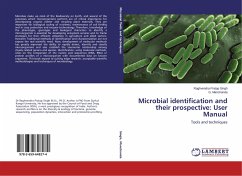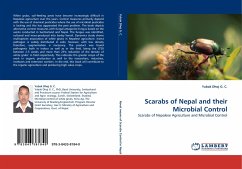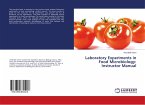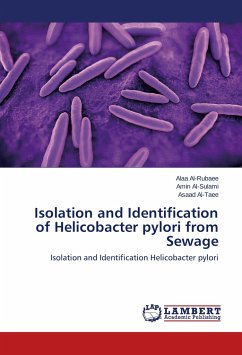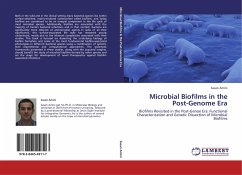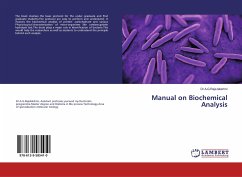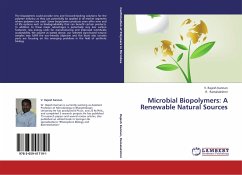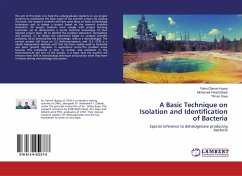Microbes make up most of the biodiversity on Earth, and several of the processes which microorganisms perform are of critical importance for decomposing organic matter and recycling plant materials. They are important for biological cycling of nutrients, maintenance of soil fertility and in crop protection and enzyme technoloogy. Therefore, knowledge of the phenotypic, genotypic and biological characters to identify a microorganism is essential for developing ecosystem services and to frame strategies for their efficient utilization in agriculture and allied sectors. However Traditional methods of identification and characterization are not expose the real scientific need. Now, development of molecular methods has greatly improved the ability to rapidly detect, identify and classify microorganisms and also establish the taxonomic relationship among closely related genera and species. Identification, using molecular methods, relies on the comparison of the nucleic acid sequences (DNA, RNA) or protein profiles of a microorganism with documented data on known organisms. This book expose to cutting edge research, acceptable scientific methodologies and techniques of microbiology.
Bitte wählen Sie Ihr Anliegen aus.
Rechnungen
Retourenschein anfordern
Bestellstatus
Storno

